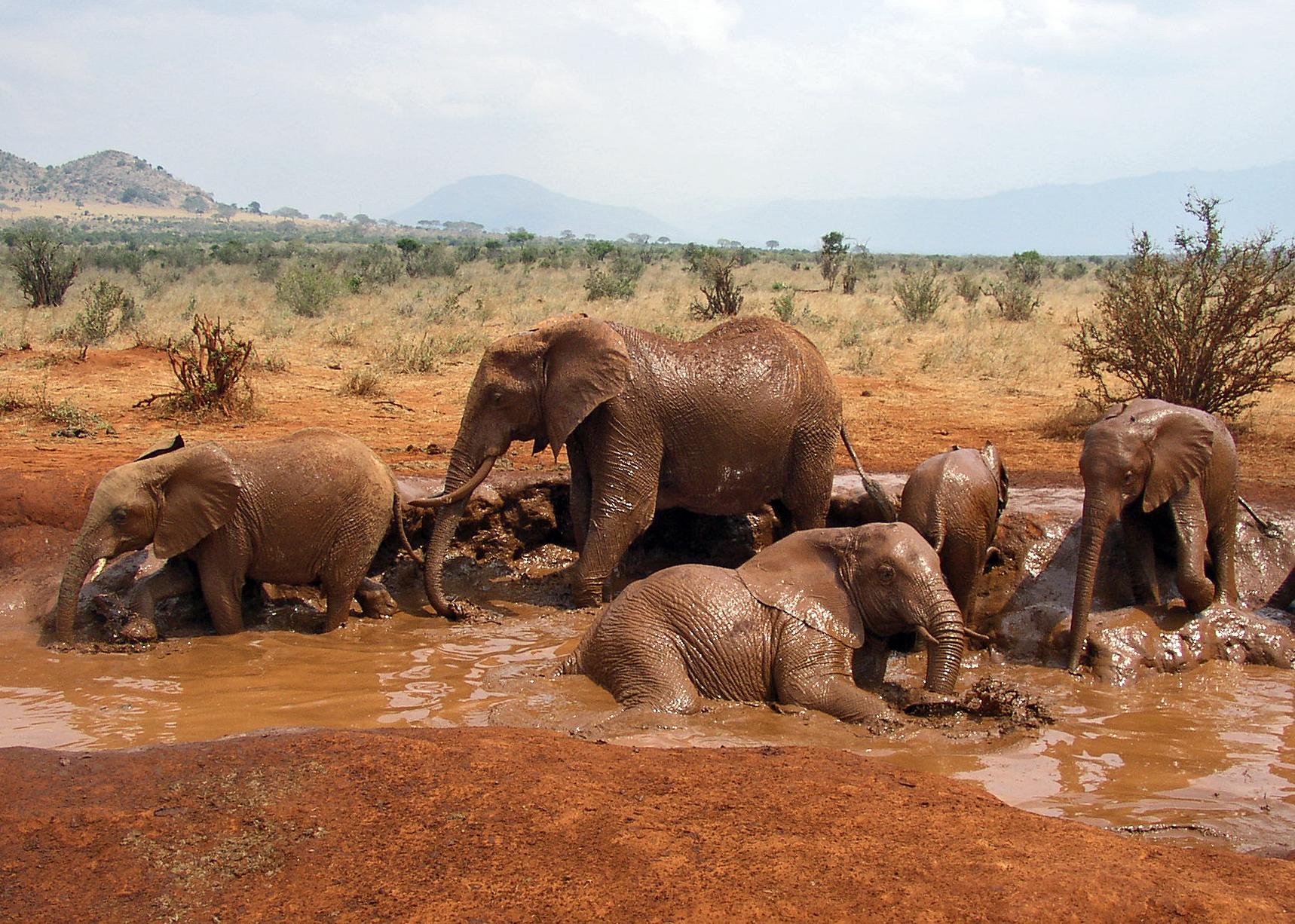 |
| CAN DRINK UP TO 50 GALLONS OF WATER A DAY |
 |
| THEY LIVE IN GRASSY PLAINS. |
 |
| THEY ALWAYS ARE TOGETHER. |
 |
| THE '' '' ELEPHANT ALWAYS CARE TH E BABIES. |
 |
| TWO CUTE BABY AFRICAN ELEPHANT TWINS PLAYING! |
 |
| AFRICAN BUSH ELEPHANT HAVING A MUD BATH. |
In the early 19th century, the story of the African Bush Elephant was very different with their being up to 5 million individuals thought to have been roaming the African continent. However due to the increased demand for ivory, Africa's Bush Elephant population is thought to have fallen as much as 85% in some areas. The large ears of the African Bush Elephant are said by some to be shaped somewhat like Africa, but these large flaps of skin are not just for hearing, they are a vital tool in keeping the Elephant cool in the African heat. Like many of the herbivores found throughout Africa, the calves can walk at birth to maximise their chances of survival. An adult African Bush Elephant can drink up to 50 gallons of water every day, and is able to take 1.5 gallons of water into their trunks at at time.

No comments:
Post a Comment